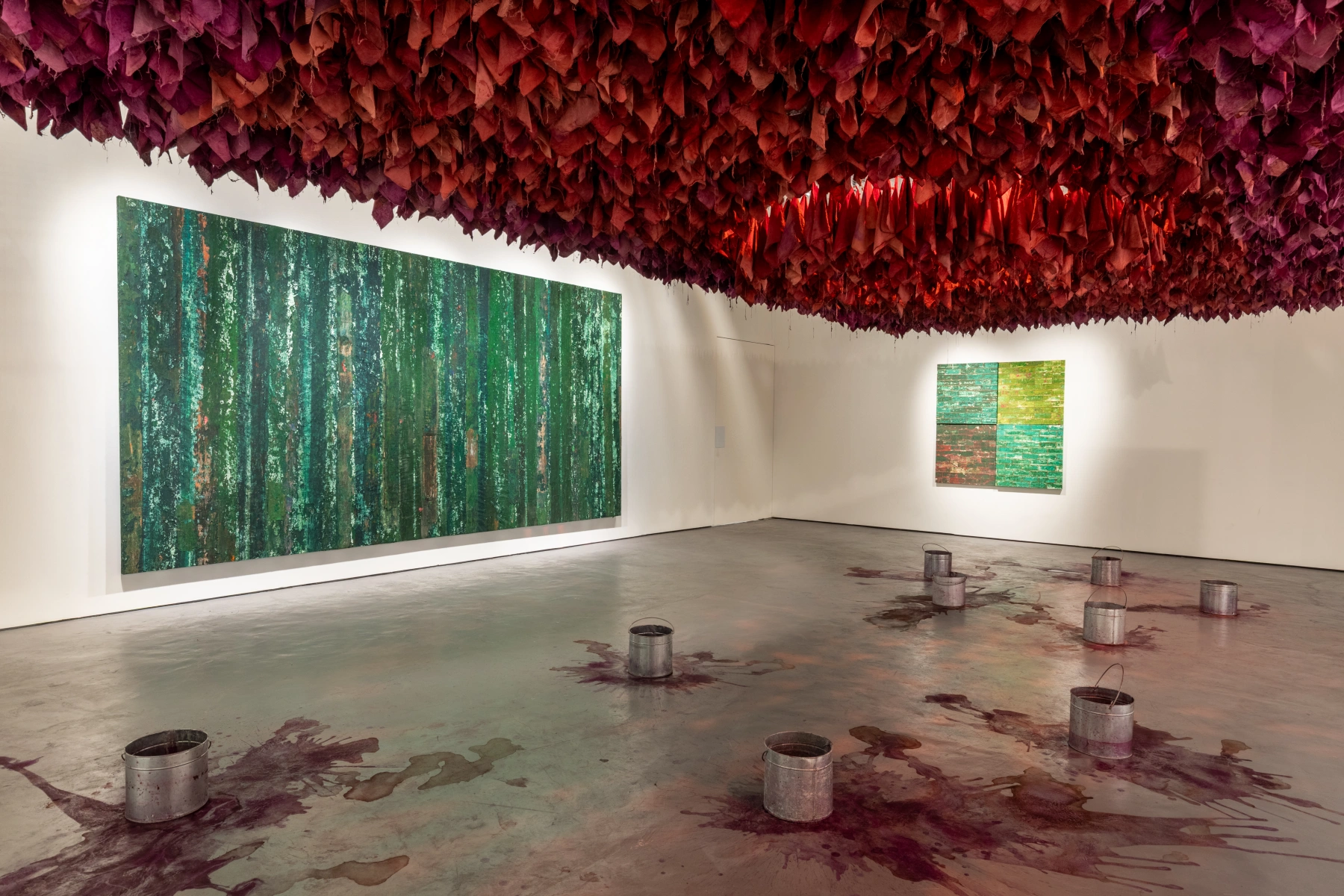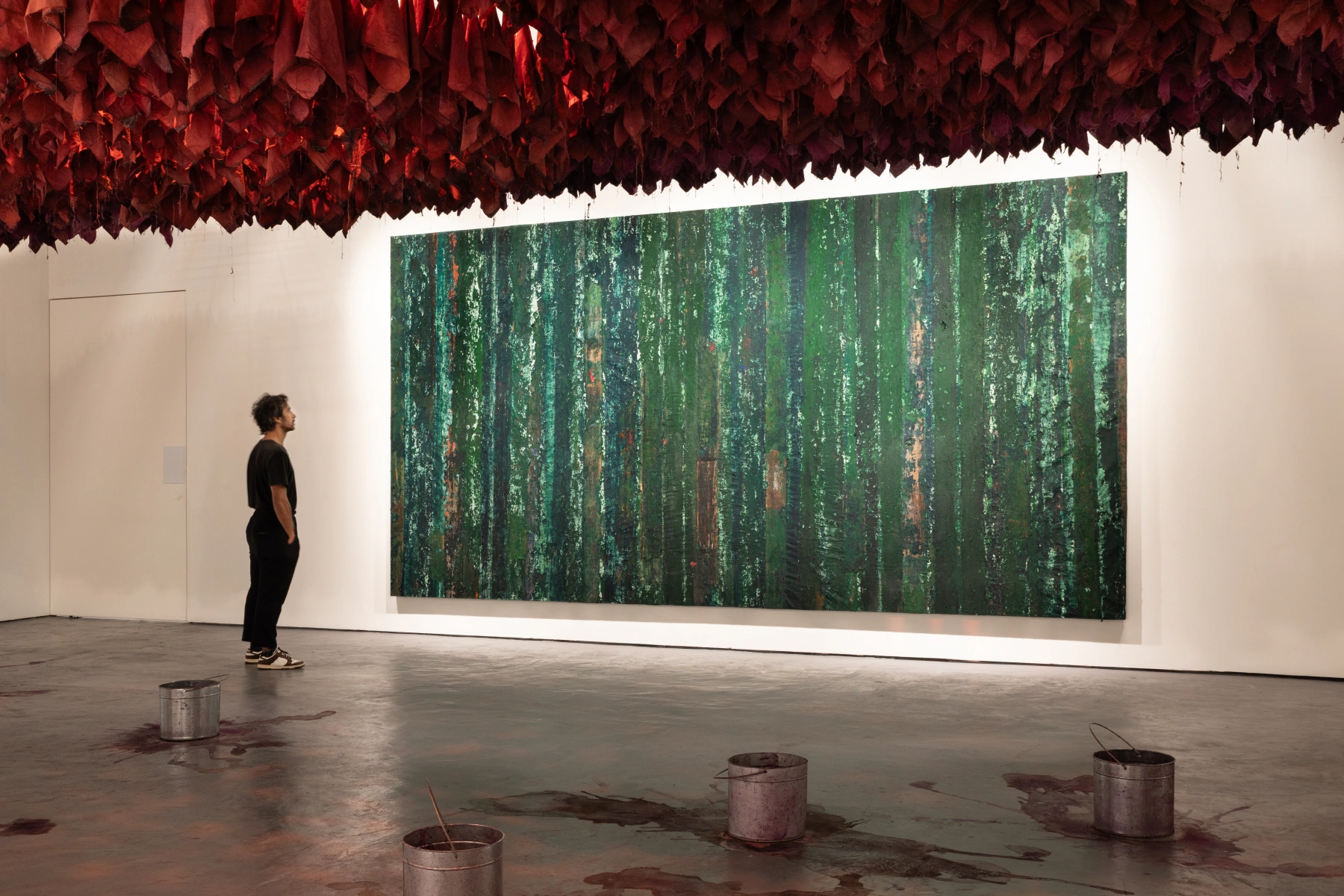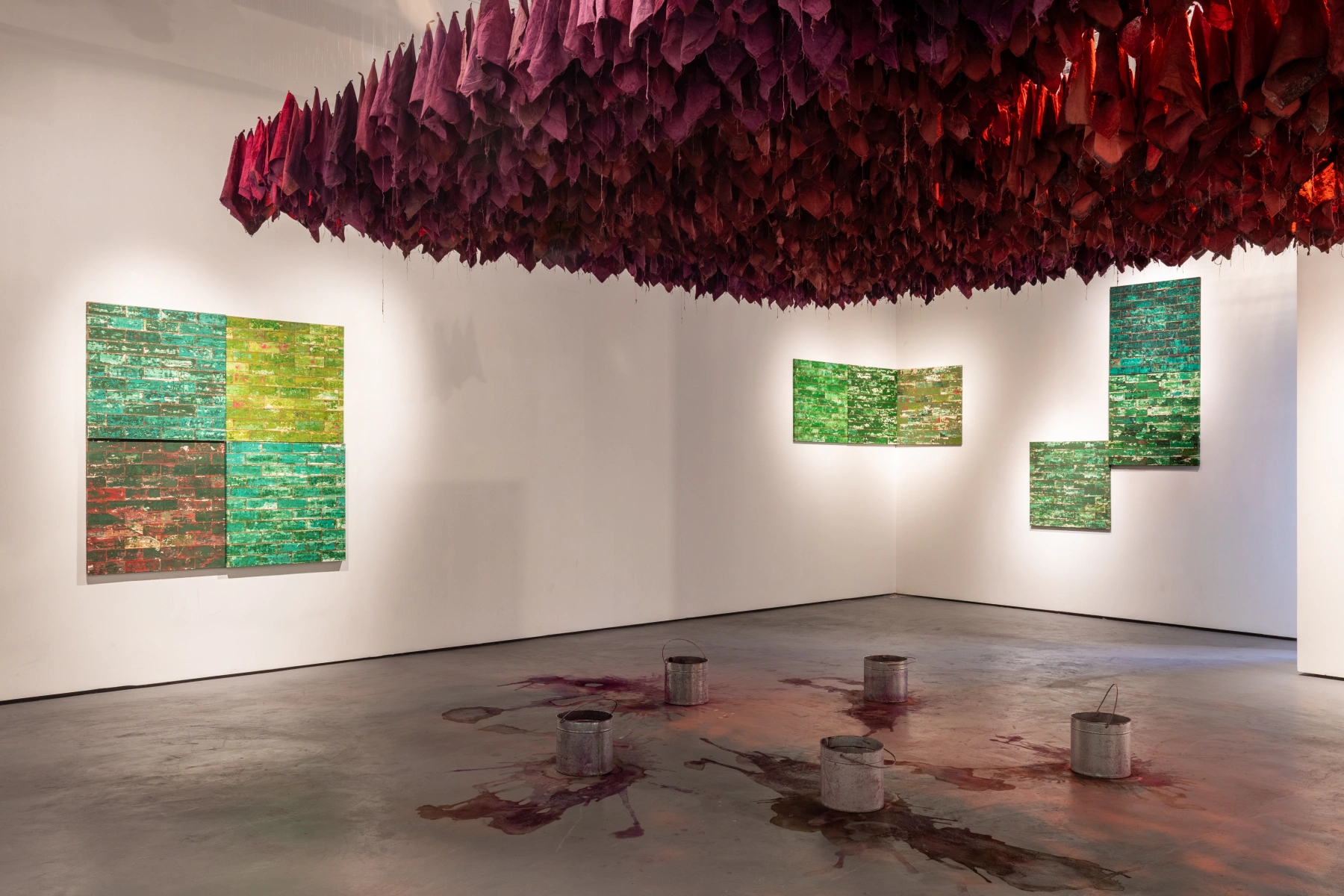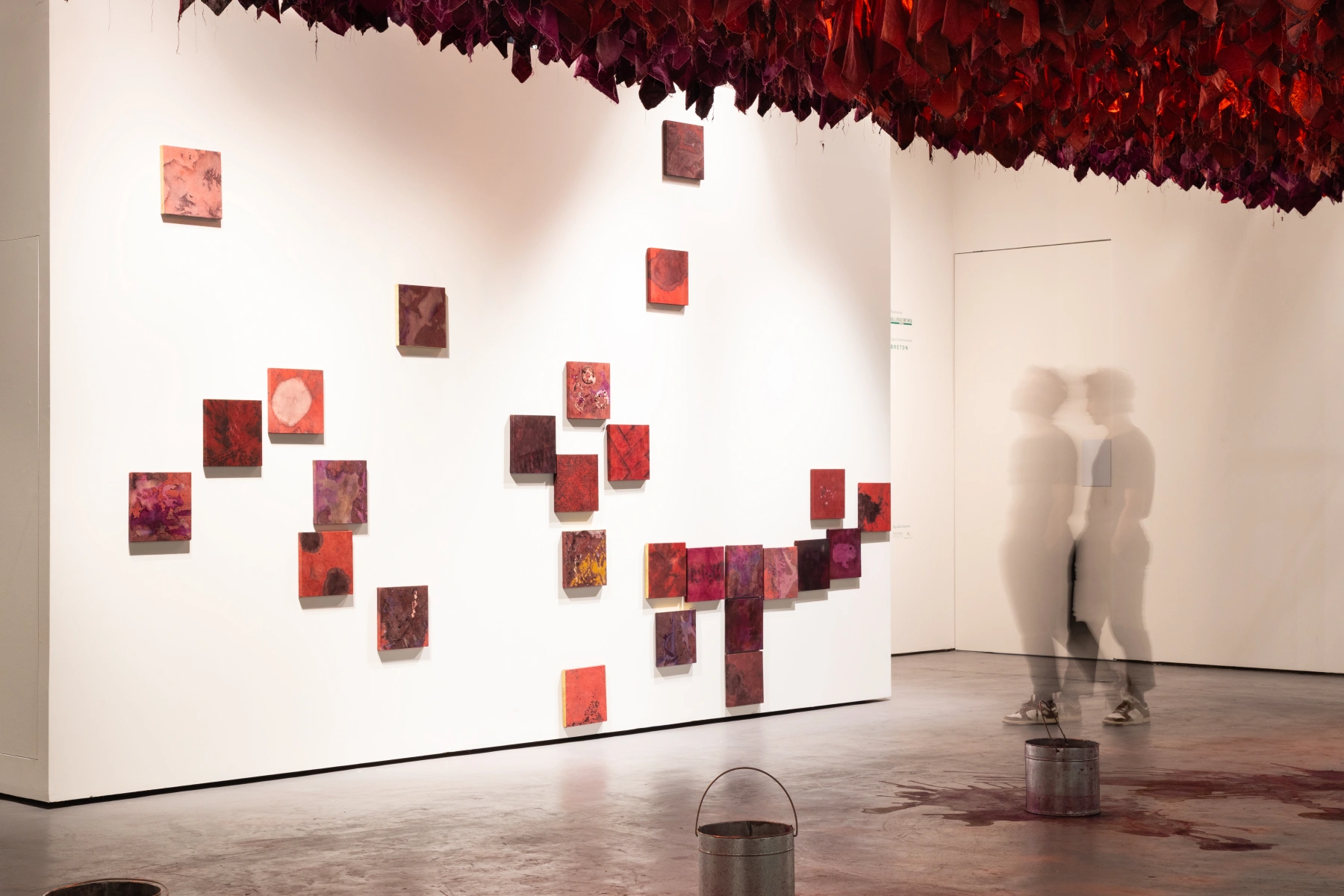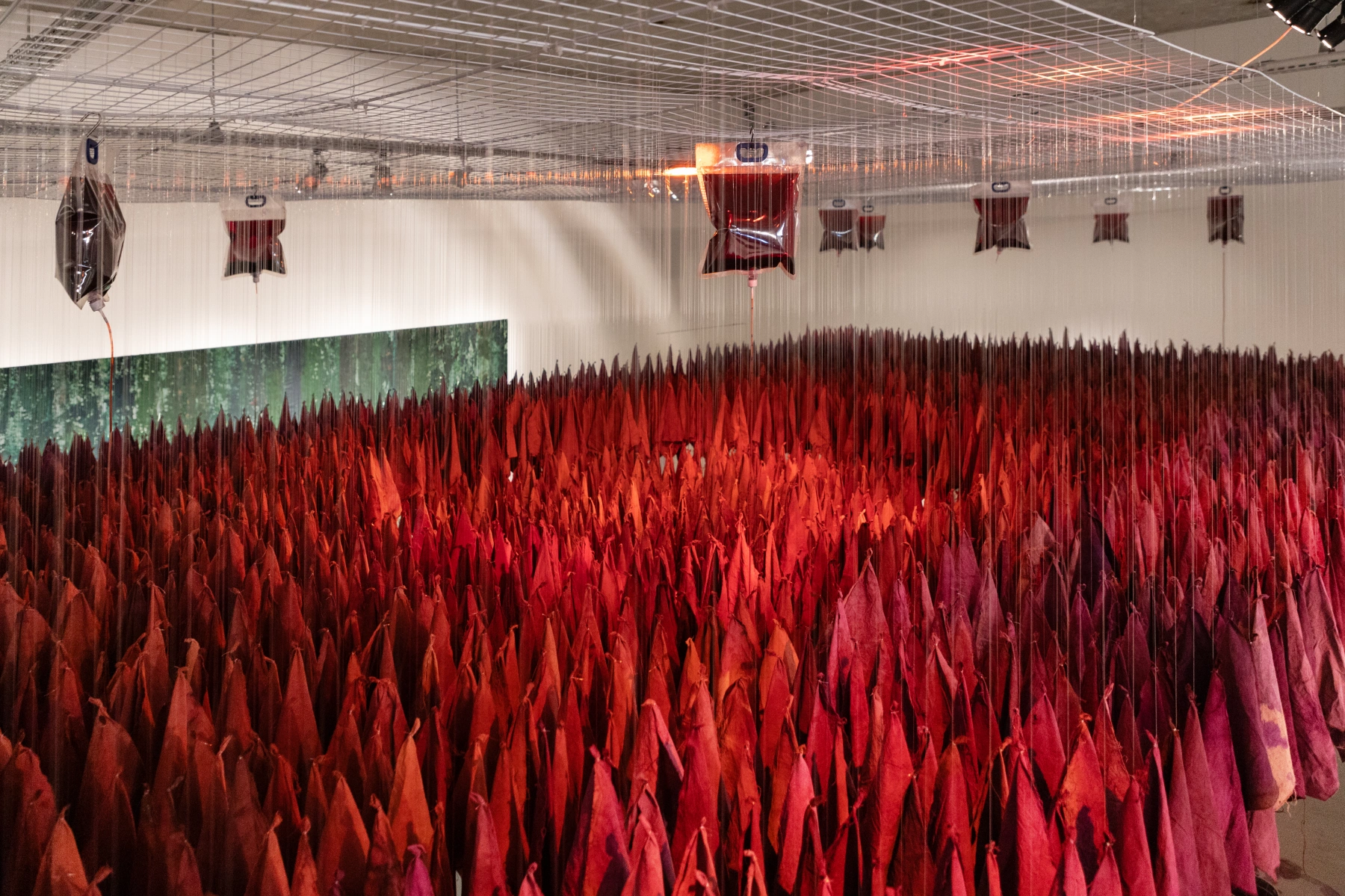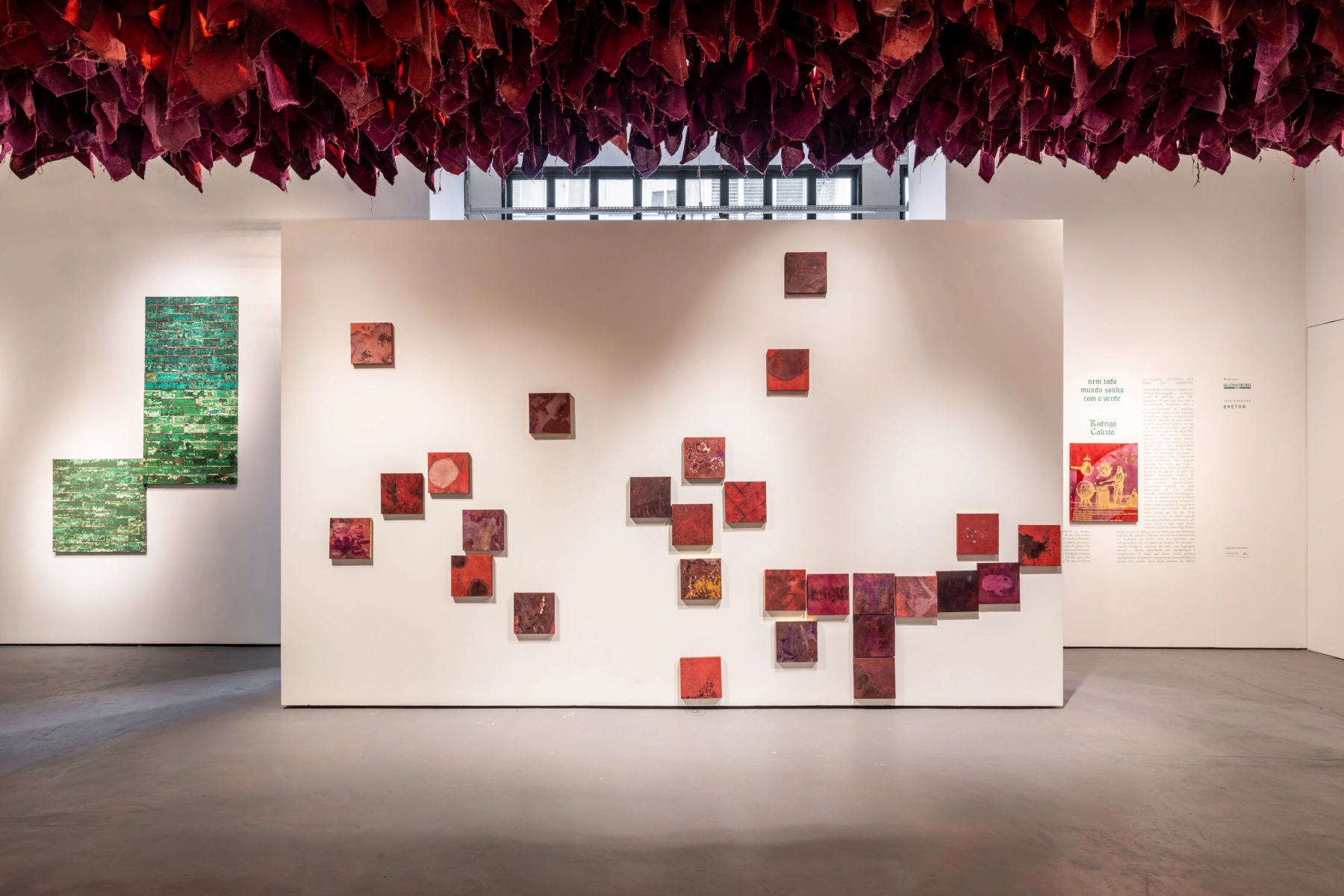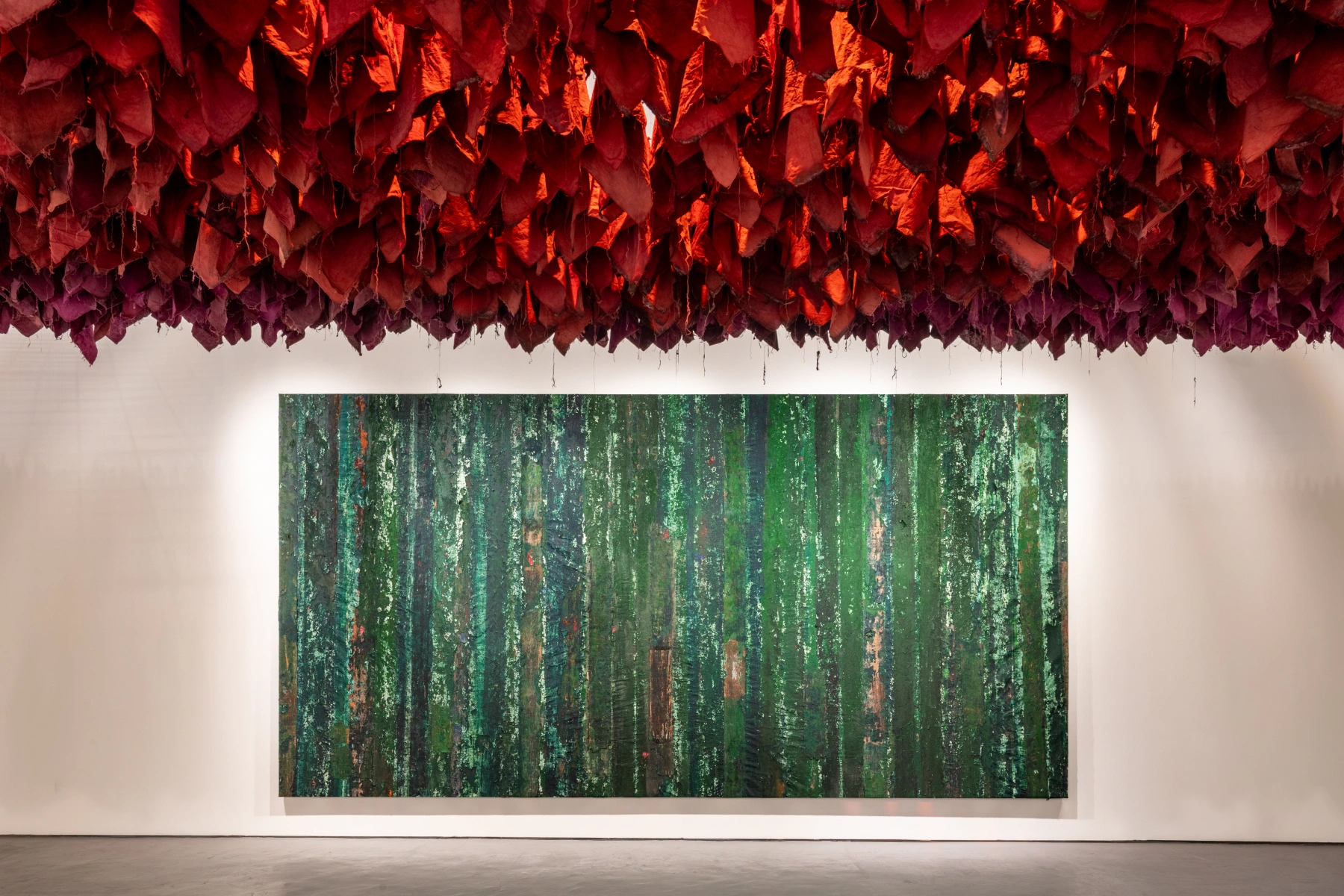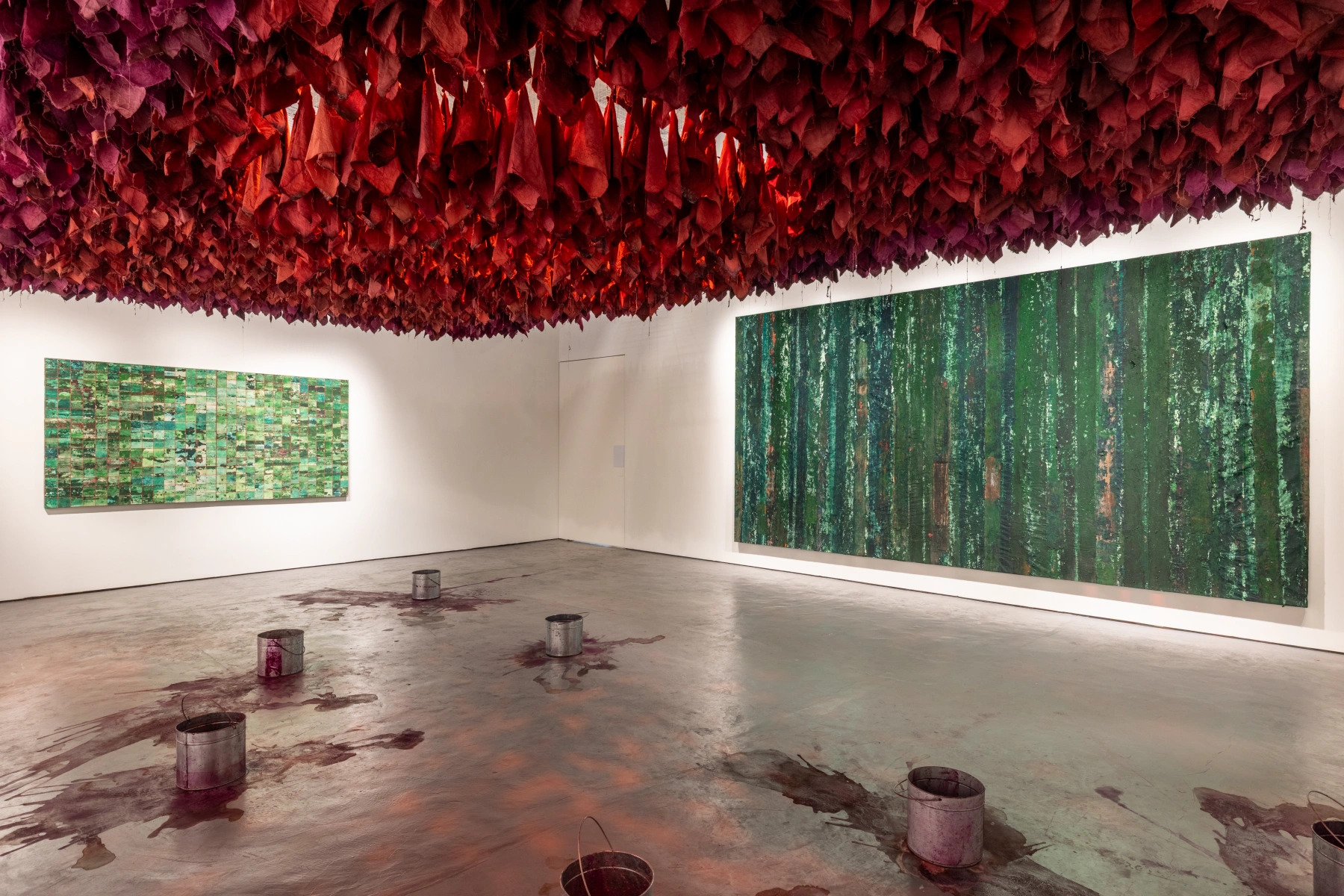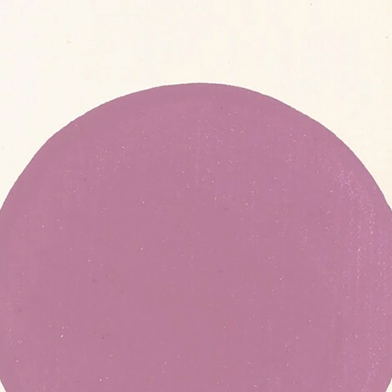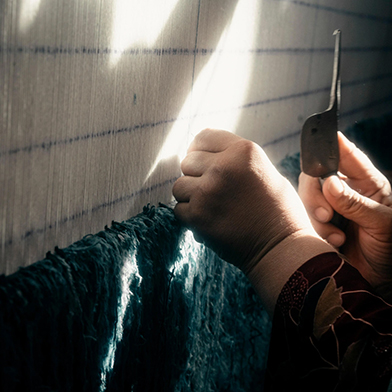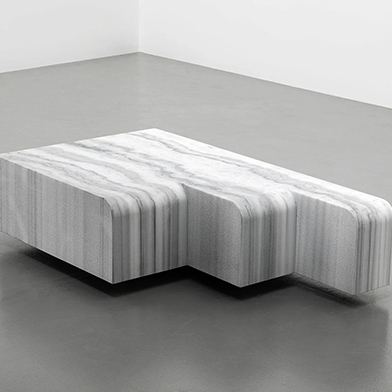Open: Tue-Fri 10am-6pm, Sat 10am-3pm
Rua Piauí, 844, Higienópolis, SP 01241-000, São Paulo, Brazil
Open: Tue-Fri 10am-6pm, Sat 10am-3pm
Visit
Rodrigo Calixto: Nem todo mundo sonha com o verde
Galleria Continua São Paulo, São Paulo
Thu 19 Jun 2025 to Sun 27 Jul 2025
Rua Piauí, 844, Higienópolis, SP 01241-000 Rodrigo Calixto: Nem todo mundo sonha com o verde
Tue-Fri 10am-6pm, Sat 10am-3pm
Artist: Rodrigo Calixto
GALLERIA CONTINUA presents “NEM TODO MUNDO SONHA COM O VERDE”, a solo exhibition by Brazilian artist and designer Rodrigo Calixto. This is his first solo exhibition at Galleria Continua São Paulo. The exhibition brings together a collection of new works that explore themes related to the colonial past, questioning our understanding of nationhood and our troubled relationship with nature.
Under shadows and over revelations Heidegger speaks to us of the "Fourfold," of the "Path through the Field," of his vast relationship with the oak tree; Sennett of spiritual refinement through craftsmanship; Thoreau of the importance of building a home with one’s own hands; Bachelard of the battles of imagination against harshness, which bring us closer to ourselves while populating the world with forms. These and countless other voices — of men and women who chose to experience themselves through materials — remind us that the human condition is shaped not only by our relations with the animate but also with what is considered inert, in its natural state. To this end, we have created tools, machines, and devices that, to varying degrees, connect us to the myths of artisan gods: Hephaestus, Ogun, Ptah for the Egyptians, and Varuna for the Hindus. Working entities of resistance, of the ambivalence between aid and obstacle, and of the muscular joys awakened in us by sculptural practices.
Calixto belongs to this lineage, choosing wood as his medium of expression. He aims to engrave with what was once a tree. Not with a pen, but with a chisel and the two-stroke dialectic of the saw. This "chronicle," as we might call it, takes place through a journey across our native species — and also some that were introduced — those that the Crown, and later time itself, came to designate as noble woods. A curious path through our colonial ties, which felled forests, decimated local peoples, and enslaved so many others to ensure the global flow of goods would not cease. From that, a nation was founded. A strange nation, let us admit.
The search for the meaning of all this — if there is one — is the task of the historian. Rodrigo, in a private conversation after a feijoada and a coffee sweetened with cane sugar in the São Cristóvão neighborhood of Rio de Janeiro — I call this historiographical rigor — confessed his fondness for History, with a capital “H.” This leads us not to his academic background, but to his working method. He scavenges (another of those words) in demolition yards for planks of Ipê, Jatobá, Mahogany, Brazilwood, Riga Pine (which arrived as ballast and stayed), and other species. Some become tables, swings, xylotheques, and many other objects that have marked his career. But there are those that are destined to become parchment. After inking their surfaces, they are wrapped in linen, pressed, and, like the Shroud of Turin, produce a shroud- image. These are long rectangles filled with indexes of time. On these surfaces, subtle interventions are applied.
A touch of gold, red, blue — liturgical tones. Thus, an intimate ritual of revelation takes place, and the dead may once again speak and tell something of their own biographies.
What do they tell? There is a Jewish legend that says God wrote the laws on the sacred tablet using two fires, one white and one black. With the black fire, He wrote the words; with the white fire, He wrote the spaces between the letters, which made the words readable. For 7,000 years, man kind will read the black fire; in the next 7,000, it will learn to read the white spaces. On one side, the intelligible, apparent world; on the other, an amorphous, latent language, awaiting manipulation and understanding. This is how our artist works: through overlays, conjunctions, and exchanges between rationality and poetry. His creation emerges from this nature of friction.
Cadu, late winter in the Year of the Dragon
